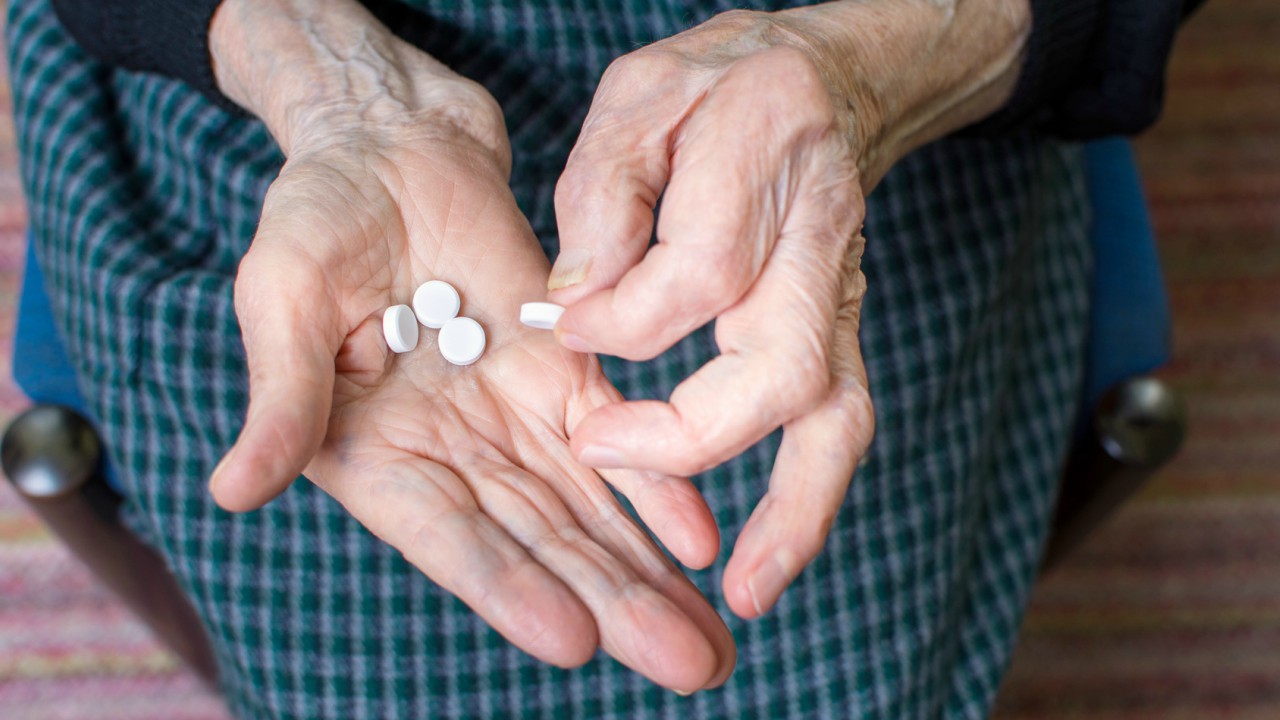In part one of this article, we looked at statistics, symptoms, and risk factors for developing type 2 diabetes. Fortunately, even if you have the genetic cards stacked against you, there are definitely lifestyle choices you can make that can help you prevent getting this health condition.
First, if you are heavy, please try to lose some weight. Research has found that losing even five to 10 percent of your body weight can really help lower your risk. If you can lose more and get closer to your target weight and body mass index, that should help even more. Rather than think about dieting as a short-term fix though, think of incorporating changes in your diet that you can stick with for the long haul.
Second, increase the amount of exercise you are getting. You don’t have to train for a marathon or hit the gym for hours at a time. Just 30 minutes of moderate exercise on most days should do the trick. Lace up your sneakers and take your dog for a nice walk, or if you work outside of the home, try using at least one of your breaks for a brisk stroll around the neighborhood. You can split up the 30 minutes into shorter periods if that works better for you. If you would rather ride your bike or swim or dance around the house with your kids, go for it! Anything that gets you up and active that you enjoy and can do almost every day is great. Studies have found that exercise helps your body use insulin more efficiently.
Third, if you smoke, please stop. Research has found that smoking more than 20 cigarettes every day may increase your risk of developing diabetes to more than three times that of non-smokers.
Finally—and you probably knew this was coming—eat a healthy diet. This does not mean you can never have an Oreo again, or that you have to throw all of your Doritos away. But what it does mean is that more often than not, eat lower fat healthy foods that are lower in calories. If you strive to add some fruit, vegetables, and/or whole grains to each meal you’ll pretty much meet that goal with no trouble at all. The Mayo Clinic’s website has a section on type 2 diabetes and it suggests trying to eat at least 14 grams of fiber for every 1,000 calories you consume. The theory here is that fiber may help control blood sugar. As an interesting side note to this, eating nuts (including peanut butter) seems to provide some protection against developing diabetes, especially in women. One study of over 83,000 women found that those who ate more than five one-ounce servings of nuts a week lowered their risk of developing diabetes when compared to women who ate no nuts at all.
As it said in part one of this article, we can’t control our genetics, race, or age, but we sure can control what and how we eat and when and how often we exercise. Do everything you can to prevent type 2 diabetes from becoming part of your life—your entire body will thank you.
References:
www.diabetes.org/diabetes-basics/diabetes-statistics
www.mayoclinic.com/health/type-2-diabetes/DS00585
www.medicinenet.com/diabetes_prevention/page5.htm#toch





Add a Comment1 Comments
pls give eg of fibers food and explain nuts
March 13, 2010 - 3:07amThis Comment